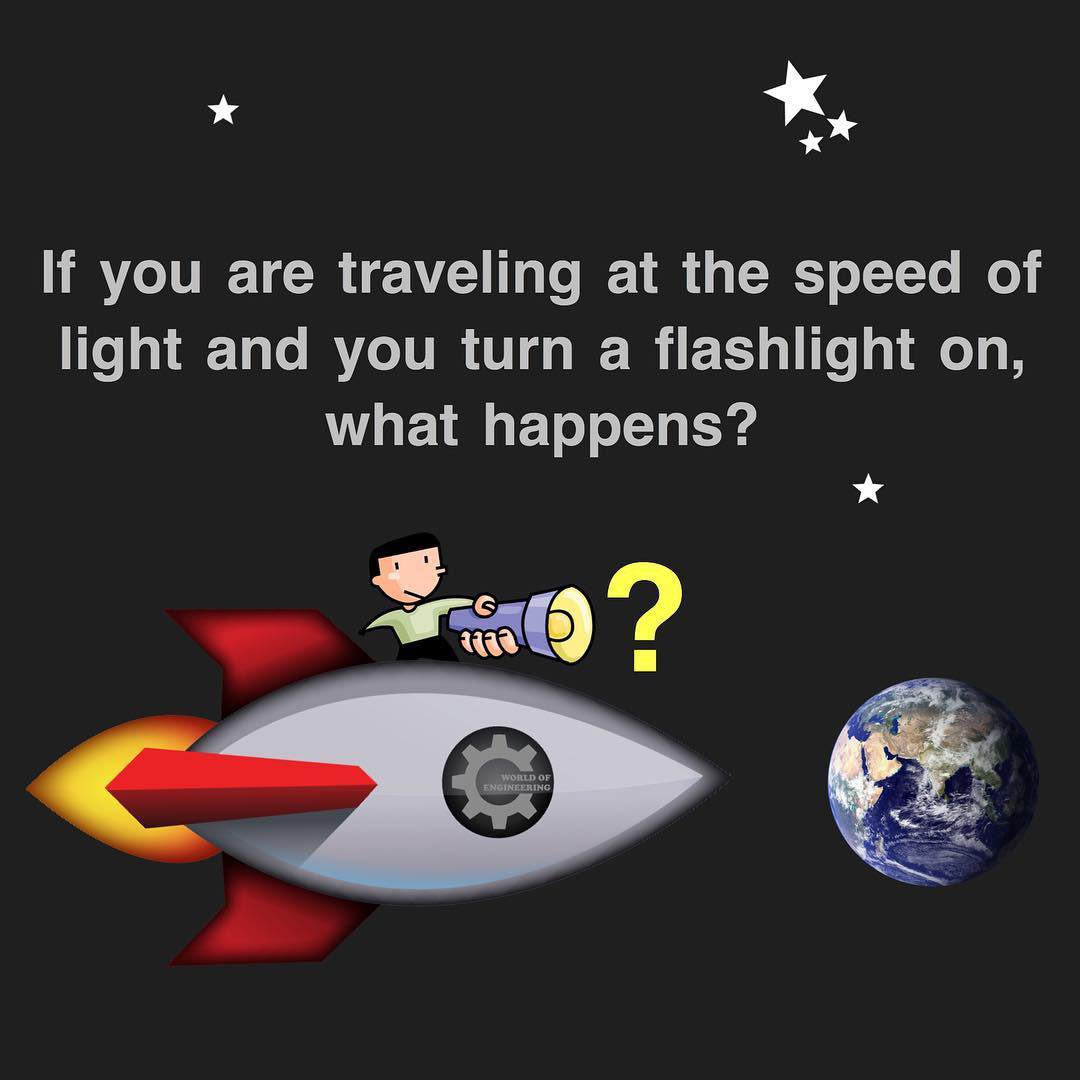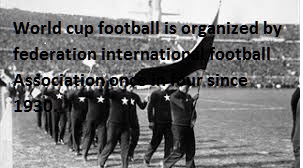Greatest invention of Einstein

Albert Einstein Born on14 March 1879
Ulm, Kingdom of Württemberg, German Empire
Albert Einstein had many discoveries as a scientist, but is most known for his Theory of Relativity.
Albert Einstein has invented many things , Special relativity, Photoelectric effect, E=mc2 (Mass–energy equivalence), E=h f (Planck–Einstein relation)Theory of Brownian motion, Einstein field equations, Bose–Einstein statistics, Bose–Einstein condensate, Gravitational wave, Cosmological constant, Unified field theory
Quantum Theory of Light
Einstein’s quantum theory of light -
light is composed of small packets of energy called photons that have wave like properties. This theory explain the emission of electrons from some metals by lightning is called photo electric effect . Invention of the Television, screen devices ( smartphones, computers, laptops).
Photon is a discrete bundle of electromagnetic energy. They move at a constant velocity, c = 2.9979 x 108 m/s in free space.They possess zero mass and zero rest energy.
They carry energy and momentum, which correlate with the frequency and wavelength and the momentum of the electromagnetic wave by E = hn
E=mc2 – The relation between mass and energy that led to the nuclear energy.
Brownian Movement
The observation of the zigzag movement of particles in suspension, it prove the existence of atoms and molecules. Fundamental that discovery is to almost every branch of science. Thermal molecular motions responsible for the random movements of microscopically visible bodies suspended in a liquid.
Special Theory of Relativity

Einstein this theory explains that time and motion are relative to their observers, as the speed of light remains constant and natural laws are the same the universe.
This provide explanation for the way radiation and matter interact when different inertial frames an interaction viewed - by an observer at rest and an observer moving at uniform speed.
Einstein theory on two postulates:
The principle of relativity- that physical laws are the same in all inertial reference systems, and the principle of the speed of light, the speed of light in a vacuum is a universal constant for all observers of the motion.
A consistent and correct description of physical events in different inertial frames of reference without making special assumptions about the nature of matter or radiation, or how they interact.
Light propagates through empty space with definite speed independent of speed of source.
The theory's main assertions and consequences are the propositions the maximum velocity in the universe is that of light; that objects appear to contract in the direction of motion; the rate of a moving clock seems to decrease as its velocity increases ; different systems are equally correct; and that mass and energy are equivalent and interchangeable properties according to Einstein's famous formula: E=mc²
General Theory of Relativity

Einstein proposed the gravity is a curved field in the space-time created by existence of mass. Einstein expain the special theory of relativity into the general theory of relativity it apply systems in non uniform motion and systems in uniform motion .
The theory explains the equivalence of gravitational and inertial mass. The material bodies produce curvatures in space-time form a gravitational field and the path of a body in the field by this curvature

The general theory is principally concerned with the large-scale effects of gravitation and therefore is an essential ingredient in theories of the universe as a whole, or cosmology.
The space becomes curved in form of matter - the greater the concentration of matter. The greater the curvature and the greater the gravity. The geometry of a region of space and the motion in the field be predicted in from of the equations of the general theory.

Manhattan Project
Albert Einstein helps in Manhattan Project, by the U.S development of the atomic bomb in 1945. This lead to destruction in Japan droping the atomic bomb during World War 2 after that Einstein was known to be campaigning for a ban on nuclear weapon.
Einstein’s Refrigerator
Einstein developed a refrigerator design that use ammonia, water, and butane, and it need no energy to work. Companies may realize the importance of cooling & refrigeration without energy, and develop further in the near future.
Photoelectric Effect

Einstein stated that light is made up of particles. The light particles contain energy. The energy contains in photons is directly proportional to frequency of radiation.
The substances gave out electrons, but the number of electrons emitted their energy, was increased when the strength of the light was increased.
classical theory, when light thought to be composed of waves, strikes substances, the energy is liberated electrons to the intensity of light.
The energy emitted by the irradiated substance is changing in a discrete quantities .
Einstein proposed that the certain circumstances light can be considered as consisting of particles, the energy carried by any light particle, called a photon, is proportional to the frequency of the radiation.
You may also like :





















